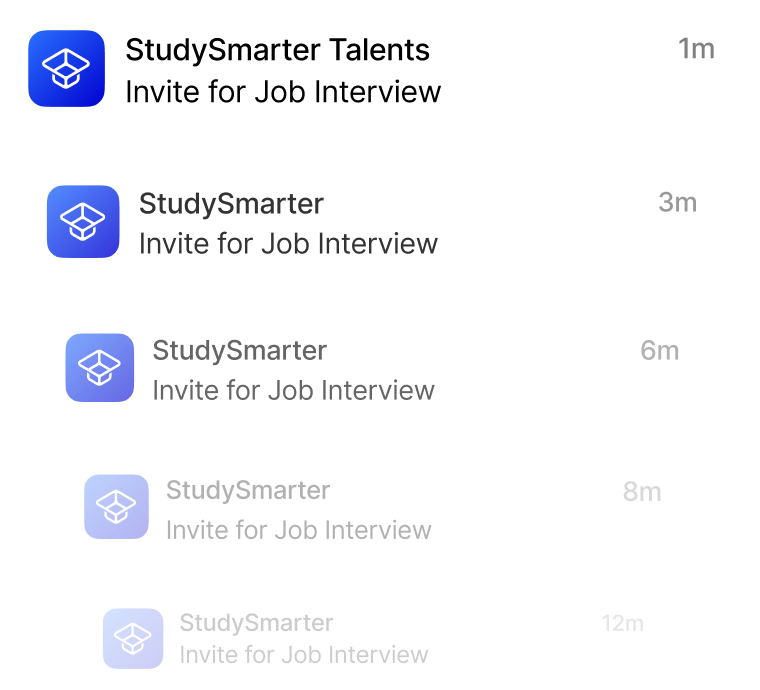At a Glance
- Tasks: Join a team developing AI/ML models for weather and environmental applications using satellite data.
- Company: ERT supports NOAA’s satellite sensor programs, enhancing our understanding of Earth’s systems.
- Benefits: Enjoy flexible work schedules, competitive pay, and a comprehensive benefits package including tuition reimbursement.
- Why this job: Make a real impact on climate science while working with cutting-edge technology in a collaborative environment.
- Qualifications: Must have excellent Python 3 skills and a degree in Atmospheric or Earth Science.
- Other info: Remote work options available; salary ranges from $46,000 to $221,000 based on experience.
The predicted salary is between 30000 - 50000 £ per year.
Social network you want to login/join with:
Junior Scientific Programmer / Data Scientist, Mansfield
col-narrow-left
Client:
ERT
Location:
Mansfield, United Kingdom
Job Category:
Other
–
EU work permit required:
Yes
col-narrow-right
Job Reference:
151eade7e85d
Job Views:
15
Posted:
12.08.2025
Expiry Date:
26.09.2025
col-wide
Job Description:
Background
The sensor science and crosscutting technology theme within STAR supports research and development for NOAA’s satellite sensor payloads, ensuring data quality and preparing for future instruments. This involves developing mathematical models and algorithms to interpret satellite measurements, enhancing our understanding of Earth\’s systems and their impact on weather and climate. STAR facilitates the transition of satellite data and technologies from research to applications, enabling end users to make informed decisions. STAR also collects in situ observations for sensor calibration, product validation, and data fusion with satellite measurements, aiding in the development and maintenance of satellite instruments and products while mitigating risks. These efforts help develop and sustain satellite instruments and products while reducing risks.
Job Description
ERT is seeking a Junior Scientific Programmer / Data Scientist to support NOAA\’s STAR Sensors program. Will be working with scientists to develop and train AI/ML models for weather and environmental applications using satellite observations. The work will involve AI/ML training, data preparation, model training, validation, and deployment.
Requirements
- Excellent Python 3 programming skills on Linux
- Experience in the use of AI/ML models to solve real world problems
Education
BS in Atmospheric Science, Earth Science, or equivalent
Location
Work is located in College Park, MD with flexile work schedules permitted.
Compensation
The salary range for this role is $46,000 – $221,000/year. This range is a good faith estimate based on similar roles across the organization. ERT uses several factors when extending an offer, including but not limited to, the position\’s scope and expected duties, a candidate’s work experience, education/training, and key skills.
Benefits
All full-time employees are eligible to participate in our flexible benefits package, which includes:
- Medical, Rx, Dental, and Vision Insurance
- 401(k) retirement plan with company-matching
- Paid Time Off (PTO)
- Basic Life & Supplemental Life
- Health Savings Account, Flexible Spending and Dependent Care Flexible Spending Accounts
- Short-Term & Long-Term Disability
- Employee assistance program (EAP)
- Tuition Reimbursement, Personal Development & Learning Opportunities
- Skills Development & Certifications
- Professional Membership Reimbursement
- Employee Referral Program
- Competitive compensation plan
- Discretionary variable incentive bonuses based on factors such as individual performance, business unit performance, and/or the company’s performance
- Publication and Conference Presentation Awards with bonuses
ERT is a VEVRAA Federal Contractor and Equal Opportunity employer – All qualified applicants will be considered for employment without regard to race, color, religion, sex, national origin, disability, or protected Veteran status.
#J-18808-Ljbffr
Junior Scientific Programmer / Data Scientist employer: ERT
Contact Detail:
ERT Recruiting Team
StudySmarter Expert Advice 🤫
We think this is how you could land Junior Scientific Programmer / Data Scientist
✨Tip Number 1
Familiarise yourself with the latest AI/ML techniques relevant to environmental applications. Being able to discuss recent advancements or case studies during your interview can demonstrate your passion and knowledge in the field.
✨Tip Number 2
Network with professionals in the atmospheric science and data science communities. Attend relevant conferences or webinars, and engage with experts on platforms like LinkedIn to build connections that could lead to referrals.
✨Tip Number 3
Prepare to showcase your Python programming skills through practical examples. Consider working on personal projects or contributing to open-source initiatives that involve data analysis or machine learning to highlight your capabilities.
✨Tip Number 4
Research ERT and their work with NOAA’s STAR Sensors program. Understanding their mission and current projects will allow you to tailor your responses in interviews and show how your skills align with their goals.
We think you need these skills to ace Junior Scientific Programmer / Data Scientist
Some tips for your application 🫡
Tailor Your CV: Make sure your CV highlights your Python programming skills and any experience with AI/ML models. Focus on relevant projects or coursework that demonstrate your ability to solve real-world problems in atmospheric or earth sciences.
Craft a Strong Cover Letter: In your cover letter, express your enthusiasm for the role and the company. Mention specific experiences that align with the job description, such as any projects involving satellite data or environmental applications.
Showcase Relevant Skills: Clearly outline your technical skills, especially in Python and AI/ML. If you have experience with data preparation, model training, or validation, make sure to include these details to show you meet the job requirements.
Proofread Your Application: Before submitting, carefully proofread your application materials. Check for any spelling or grammatical errors, and ensure that all information is accurate and presented professionally.
How to prepare for a job interview at ERT
✨Showcase Your Python Skills
Since excellent Python 3 programming skills are a must for this role, be prepared to discuss your experience with Python in detail. Bring examples of projects where you've used Python, especially in data science or AI/ML contexts.
✨Understand AI/ML Applications
Familiarise yourself with how AI and machine learning models can be applied to weather and environmental data. Be ready to discuss any relevant projects or coursework that demonstrate your understanding of these concepts.
✨Prepare for Technical Questions
Expect technical questions related to data preparation, model training, validation, and deployment. Brush up on the processes involved in these areas and be ready to explain them clearly.
✨Demonstrate Team Collaboration
As you'll be working closely with scientists, highlight your ability to collaborate effectively in a team setting. Share examples of past experiences where you successfully worked with others to achieve a common goal.

